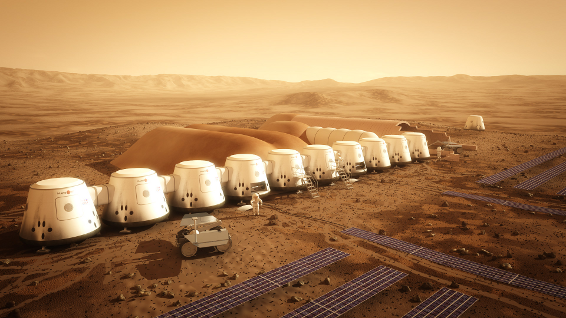Weekly Science Picks

New Sunday, new editor’s choices! In comparison with the previous one, which brought us heaps of Nobel awards, this one seems as quite peaceful and usual. But, is it? Throughout today’s selection, we will hear more about the future of Mars One project, we will also get familiar with the cyber threats of the coming times, we will learn that the kangaroos of the past were ‘made’ to walk, not jump and much more. So, let’s start this exciting journey!
What will the internet look like in 2040?
In March 1989 Sir Tim Berners-Lee wrote a memo that led, eventually, to the web. That was 25 years ago this year. Back in the 1980s, even the simple concept of documents which could be hyperlinked was difficult to understand. So what will digital life be like another 25 years from now? How dramatically will things have changed by 2040?
Will Mars One’s volunteers get to live on the red planet? Yes, briefly
When do they launch? Well, Mars One, the Dutch non-profit foundation behind the mission, says all the technology already exists, and it reckons it can launch the first preliminary expeditions in 2018. The first four settlers will take off in 2024, and land in 2025 after a seven-month journey.
Plants absorb more CO2 than we thought, but …
To know how much more fossils fuels we can burn while avoiding dangerous levels of climate change, we need to know how these “carbon sinks” might change in the future. A new study led by Dr. Sun and colleagues published today in PNAS shows the land could take up slightly more carbon than we thought.
These roos were ‘made’ for walking, study suggests of extinct enigmas
Based on a rigorous comparative analysis of kangaroo anatomy, researchers posit that the ancient family of sthenurine kangaroos that lived until 30,000 years ago likely preferred walking to hopping.
Well, that would be all for this week’s review. Please stay curious and scientifically passionate. We are coming with new stories soon!
 Follow
Follow